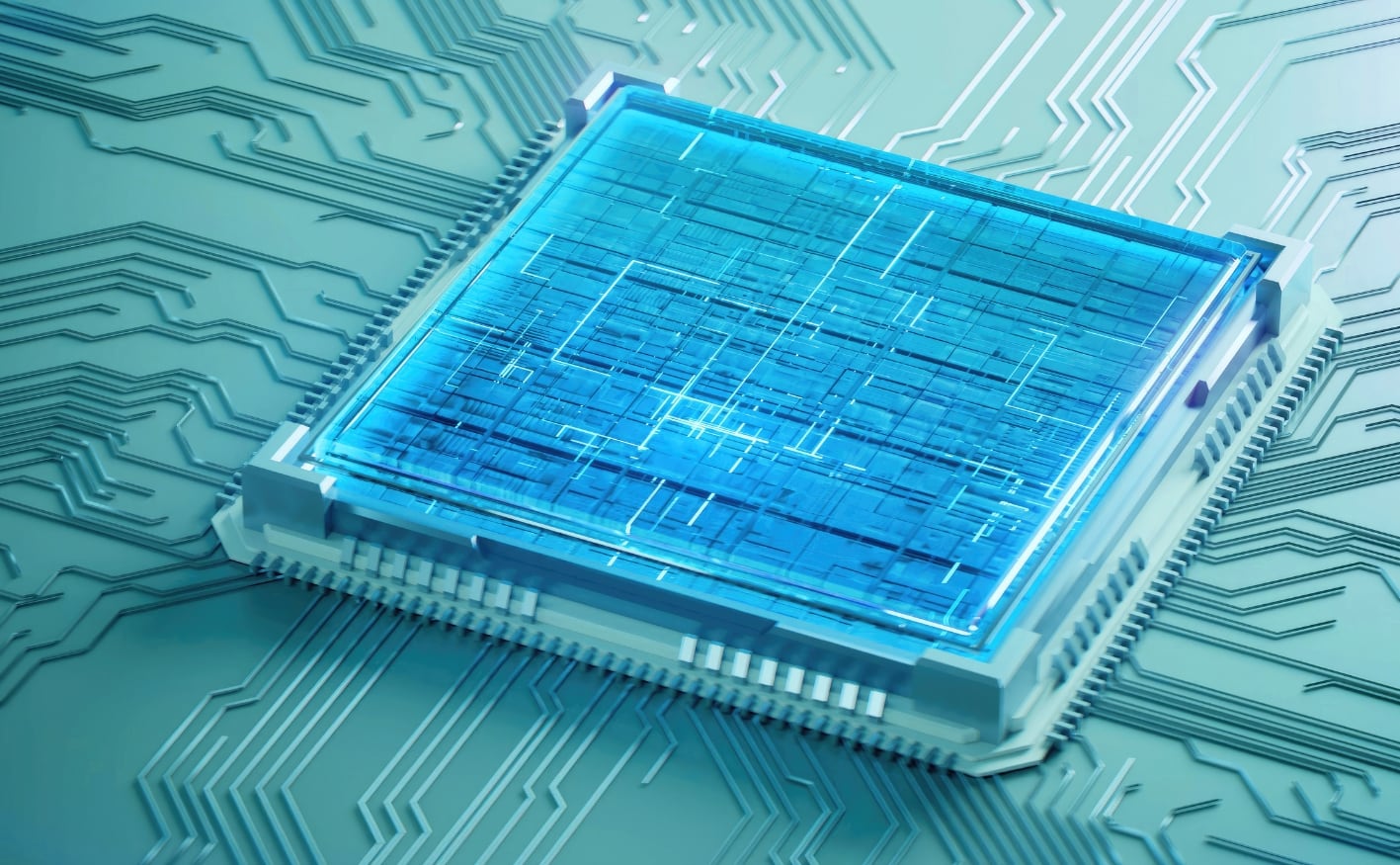In a compelling piece on the JAMS’ blog, Christopher K. Poole delves into the transformative role of artificial intelligence (AI) in alternative dispute resolution (ADR). With a seasoned background in legal technology spanning 35 years, Poole provides an insightful exploration into both the opportunities and challenges presented by AI in this field.
Read the full article here.
Exploring AI’s Potential in ADR
Poole begins by acknowledging his cautious optimism towards rapid technological advancements. He emphasizes that while it’s crucial to embrace new technologies for their benefits, understanding the best ways to integrate them responsibly is equally important.
Enhancing and Streamlining Processes
One vivid example provided involves two companies engaged through a contract facilitated by generative AI. This contract includes a dispute resolution clause crafted using an online tool supplied by an ADR provider. When disputes arise, lawyers interact with chatbots to select appropriate mediators from an institution’s roster—streamlining what traditionally would be a more cumbersome process.
Preparation and Mediation Process
As preparations for mediation commence, lawyers utilize internal and external large language models (LLMs) to refine their arguments and prepare mediation statements meticulously. These tools help ensure accuracy, avoiding potential pitfalls like “AI hallucinations” where erroneous or irrelevant facts might be generated.
The actual mediation session utilizes online video platforms due to geographical constraints between parties, showcasing how digital tools can bridge physical distances effectively.
Swift Resolution Through AI Assistance
On the day of mediation, an AI assistant plays a crucial role by providing summaries of disputes and preliminary assessments which guide the mediator’s strategy throughout negotiations. As discussions progress, this AI tool continuously refines its analysis, suggesting potential offers based on historical data from similar cases.
Ultimately, this culminates in a swift resolution facilitated significantly by AI—a stark contrast to traditional methods that could extend up to nine months. Here it took only three months from claim initiation to dispute resolution thanks largely to strategic use of advanced technologies.
Conclusion: The Future is Now
Christopher K. Poole concludes with reflections on how these technological integrations not only expedite processes but also free up valuable time for all parties involved—allowing them to focus back on their core business activities much quicker than before.
This narrative isn’t just about leveraging technology; it’s about reshaping interactions within legal frameworks so that they are more efficient yet still retain human oversight where necessary.
For further insights into how artificial intelligence is making significant strides in alternative dispute resolution practices read Christopher K.’s full discussion here.
This summary aims at capturing key aspects discussed while encouraging readers interested in deeper dives into such innovative applications of technology within legal contexts should refer directly back to Poole’s original article for comprehensive details.

